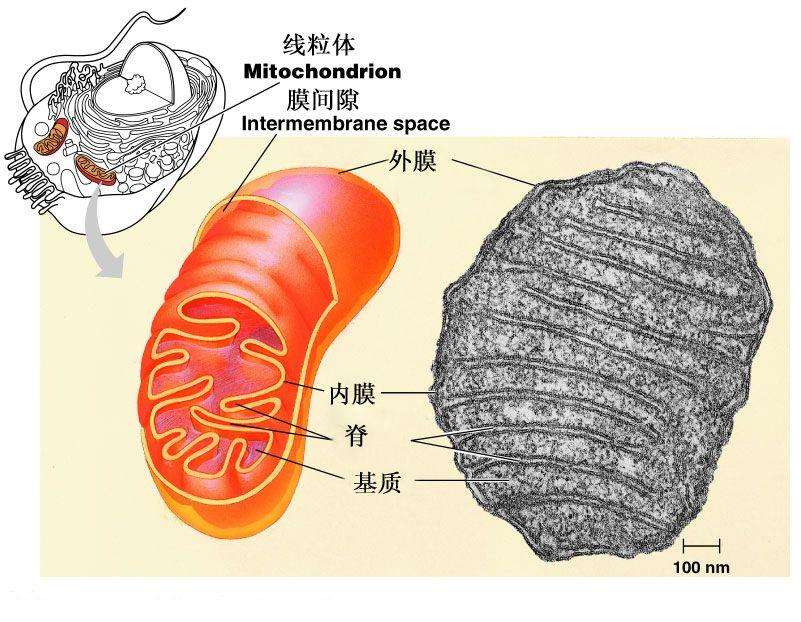Compared with the new eukaryotes the old prokaryotes were little more than "bags of chemicals," in the words of the geologist Stephen Drury. Eukaryotes were bigger—eventually as much as ten thousand times bigger—than their simpler cousins, and carried as much as a thousand times more DNA. Gradually a system evolved in which life was dominated by two types of form—organisms that expel oxygen (like plants) and those that take it in (you and me).

Eventually the eukaryotes learned an even more singular trick. It took a long time—a billion years or so—but it was a good one when they mastered it. They learned to form together into complex multicellular beings. Thanks to this innovation, big, complicated, visible entities like us were possible. Planet Earth was ready to move on to its next ambitious phase.











